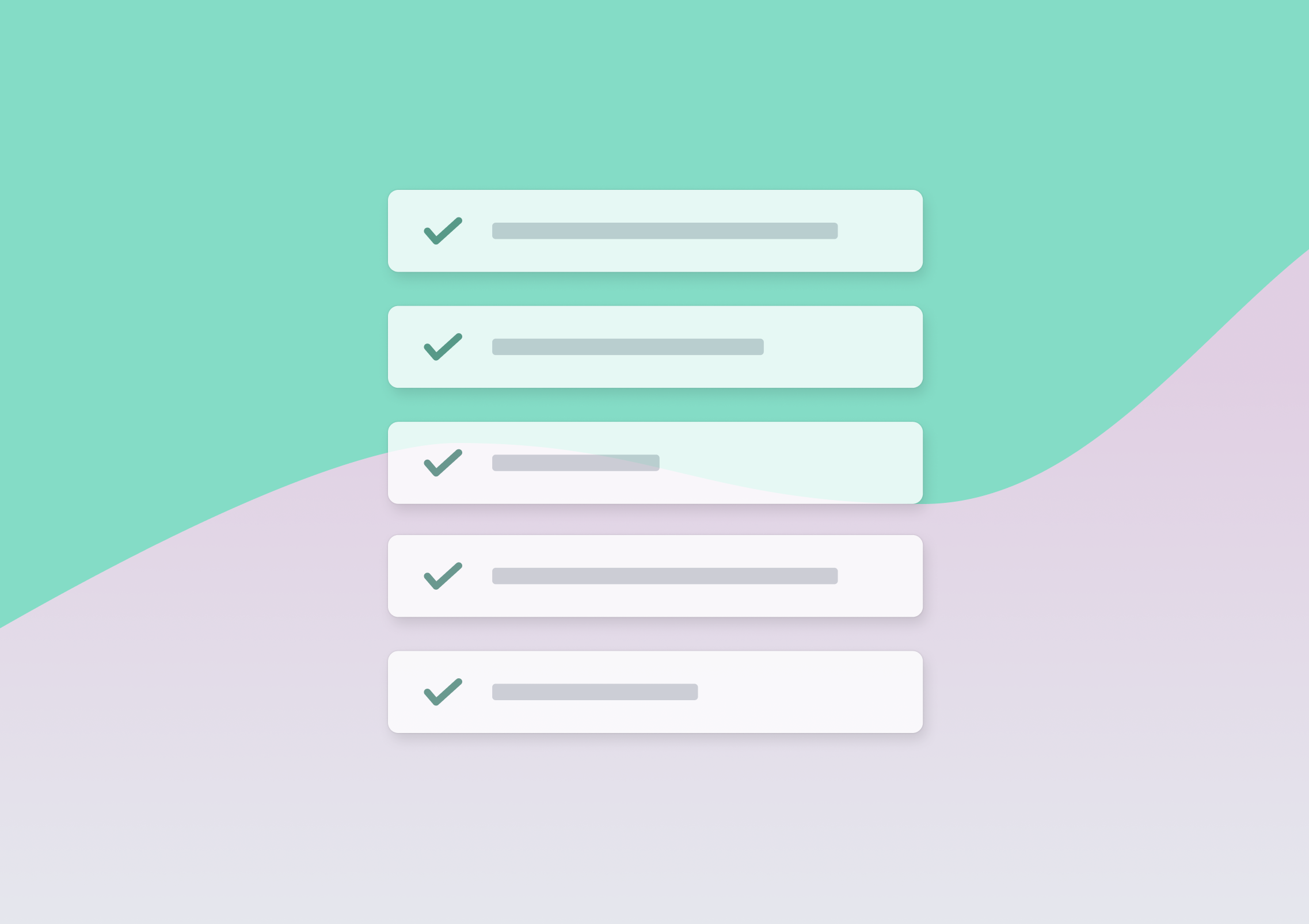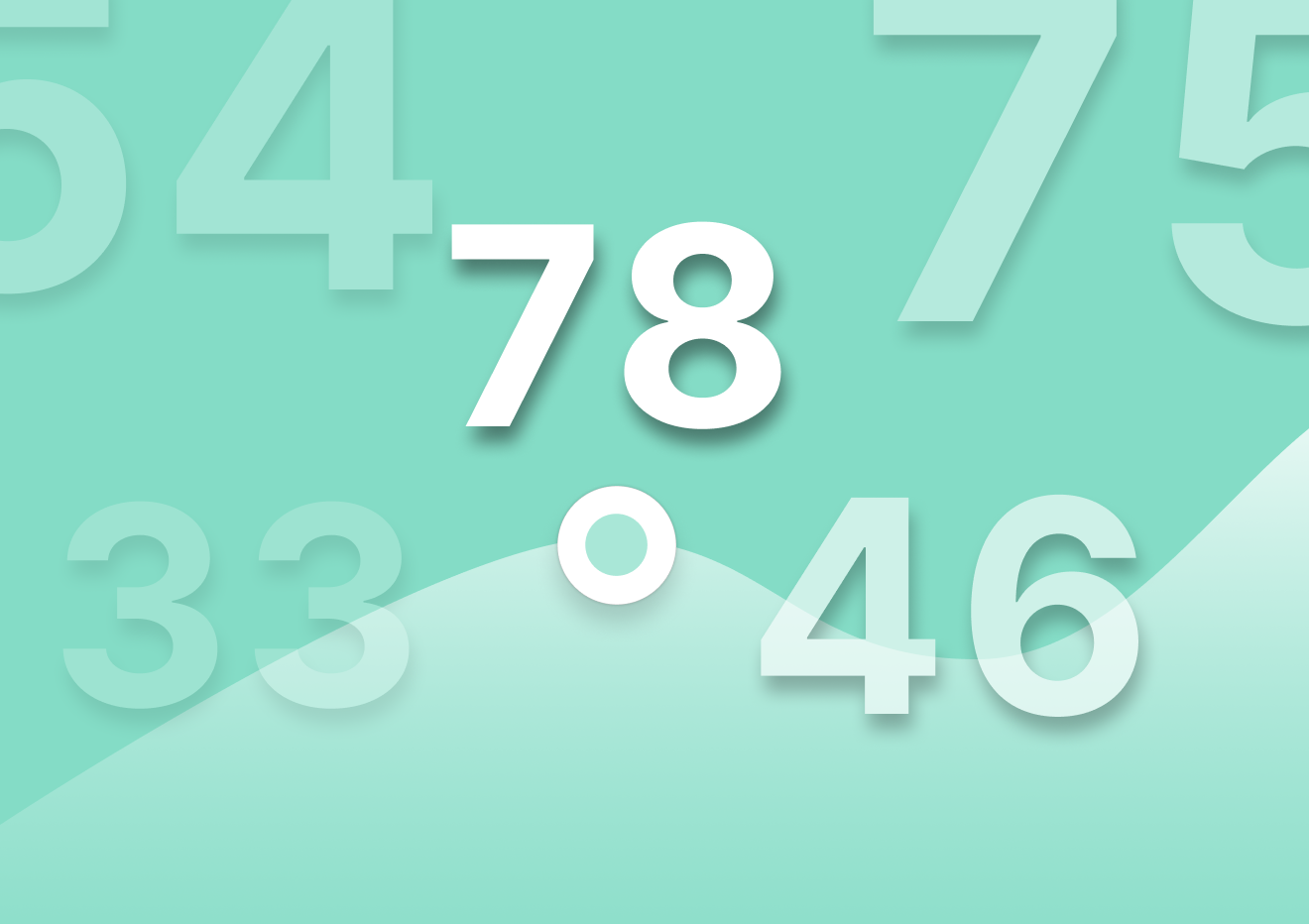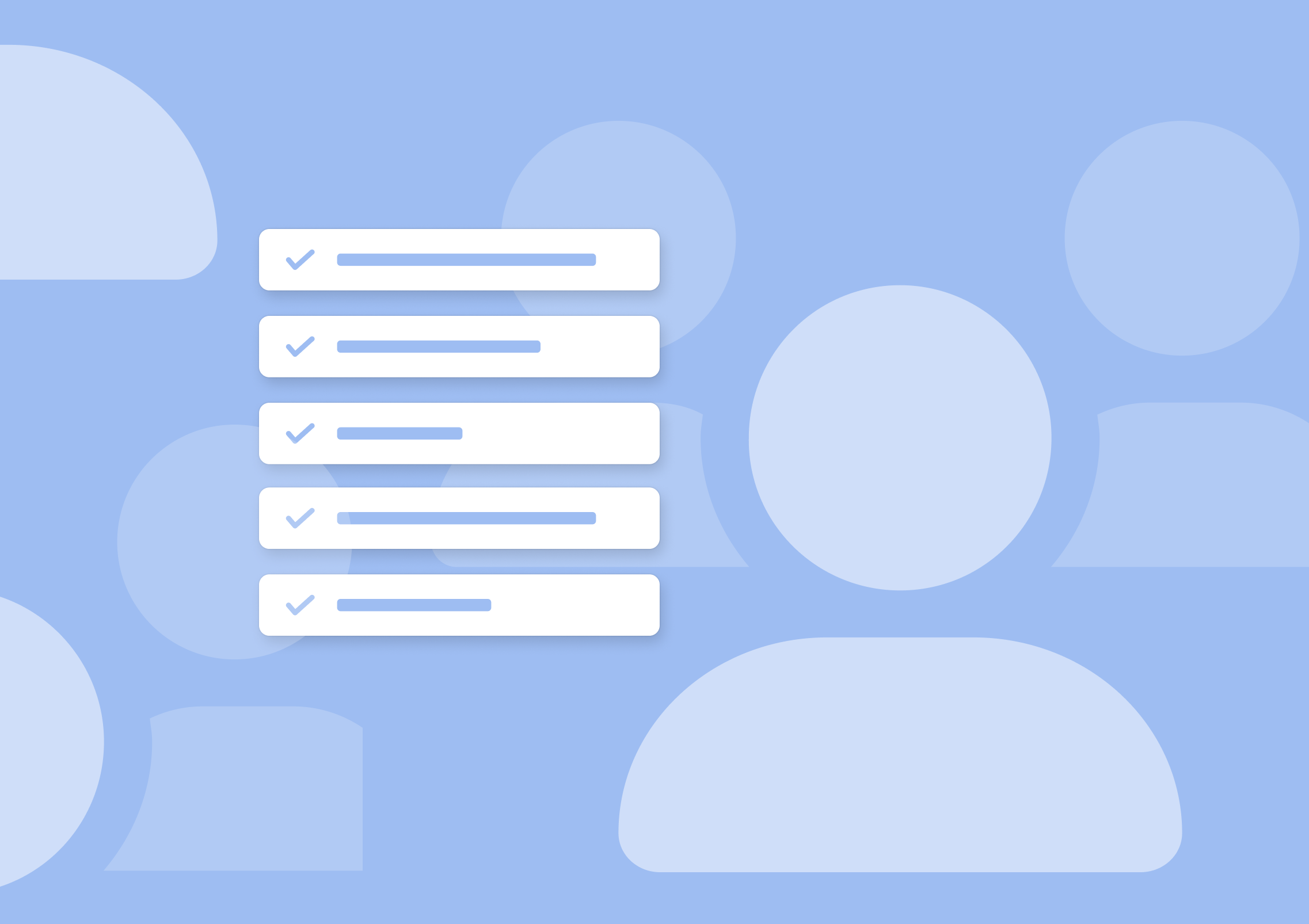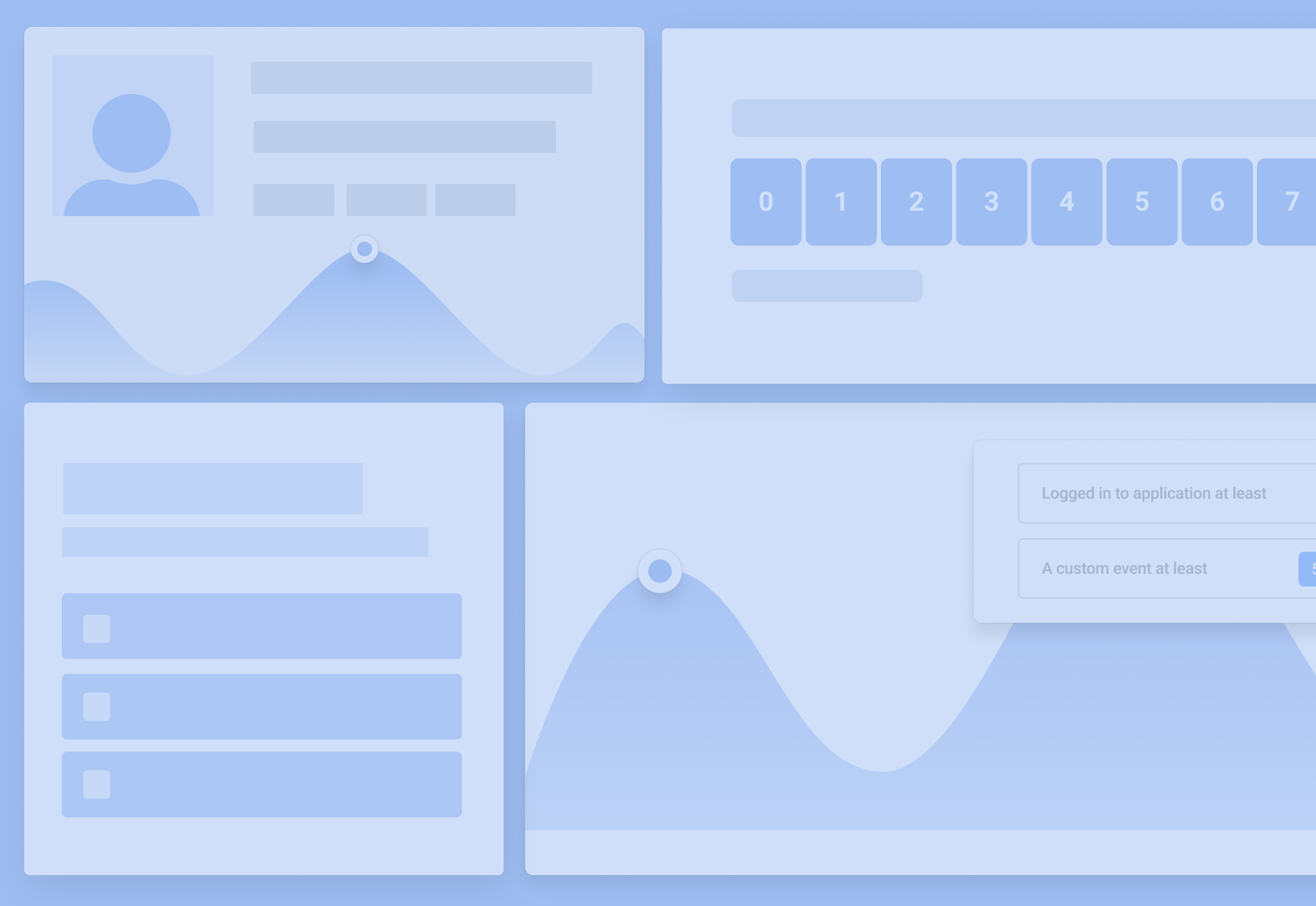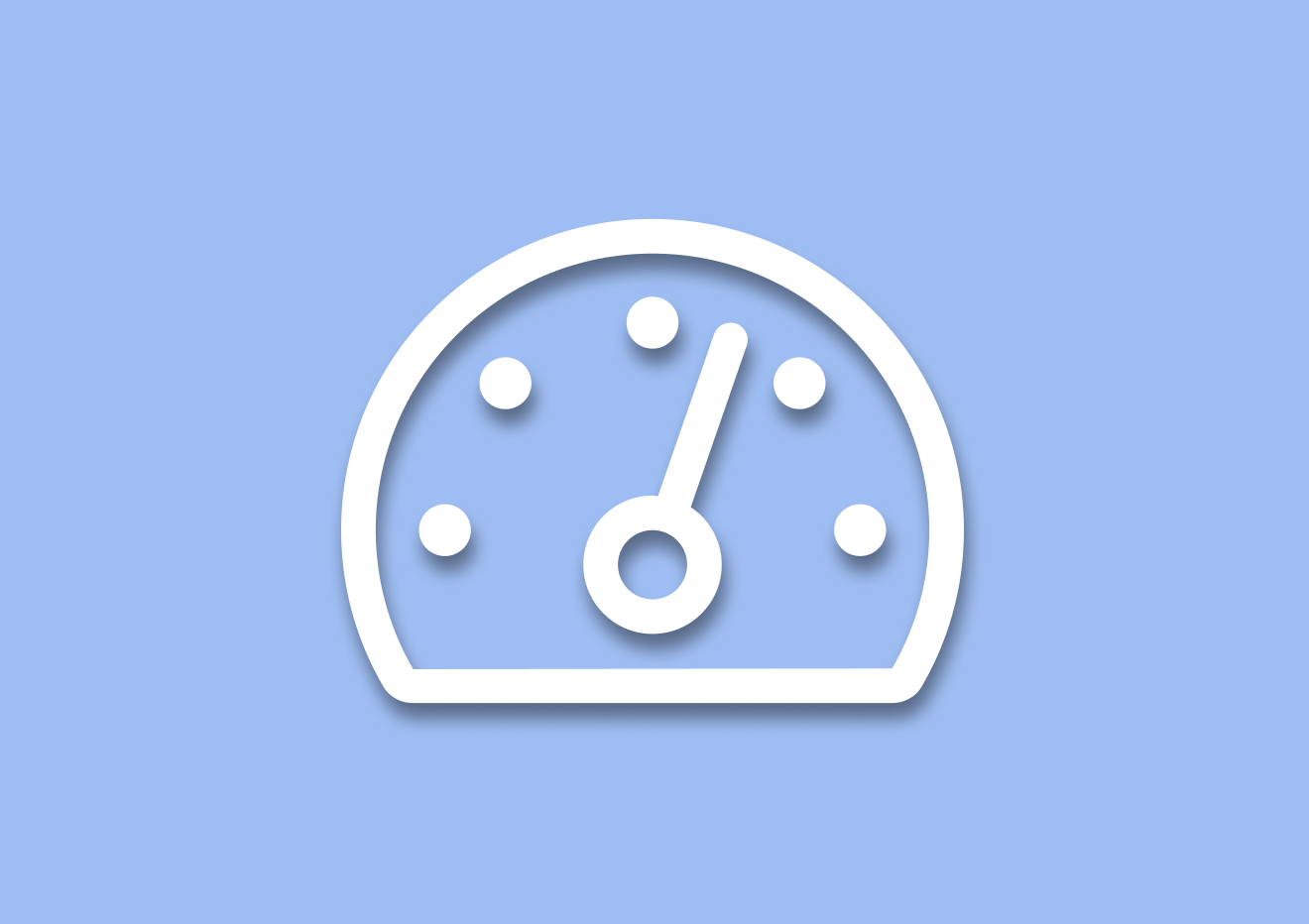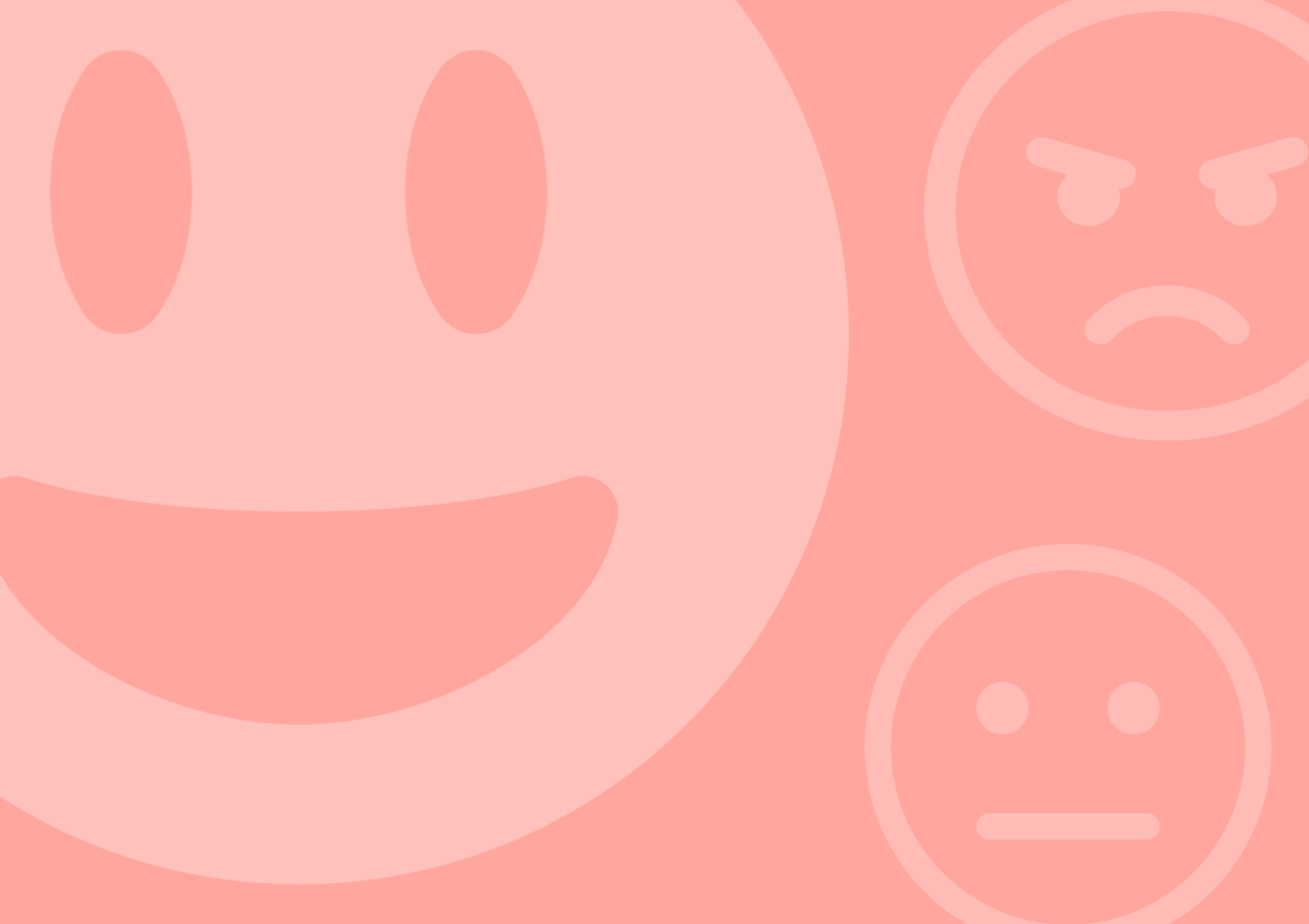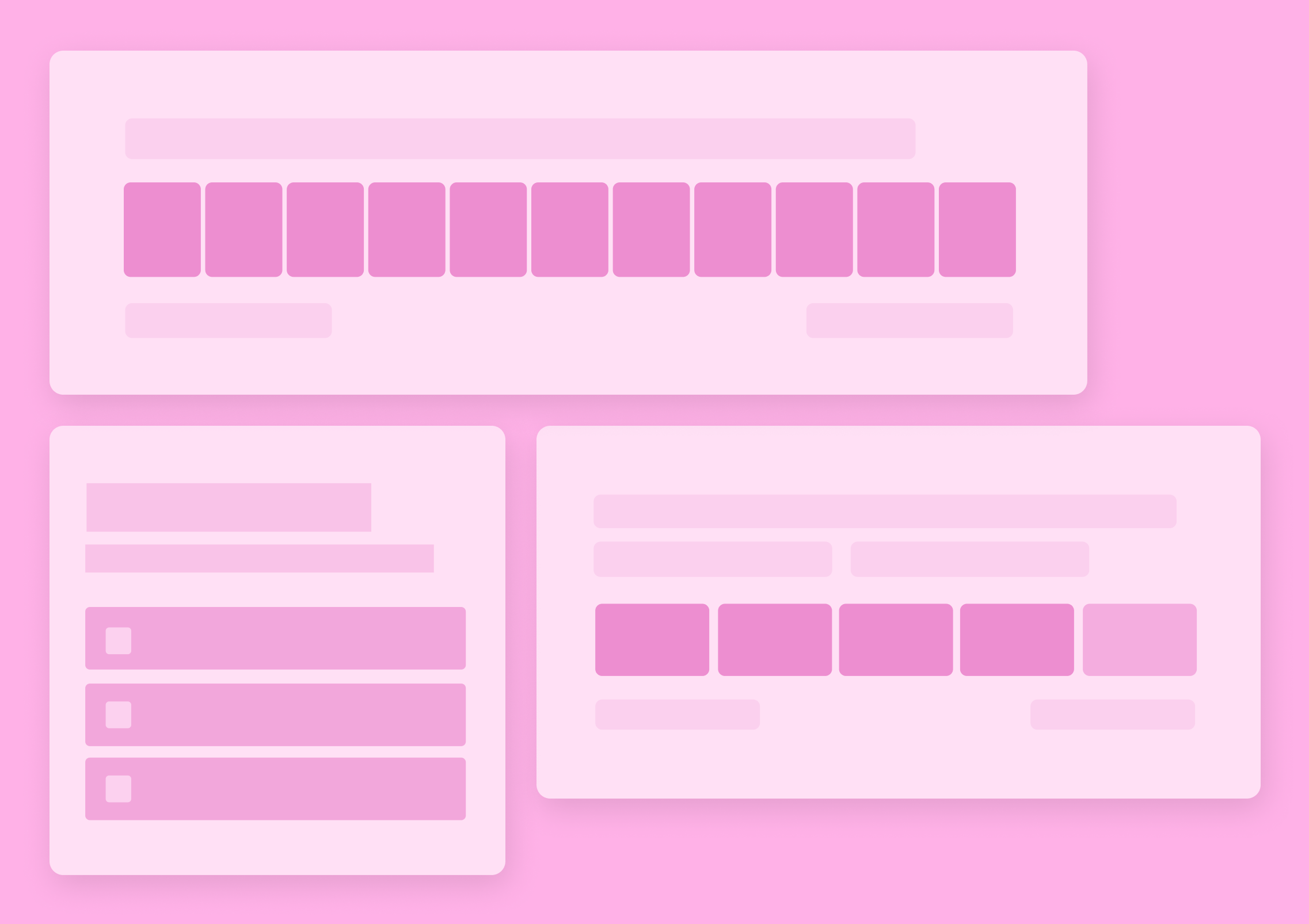The Ultimate Guide to Customer Success in SaaS
Do customers love your SaaS product? Are you looking for a way to boost the customer success rate even further?
I couldn’t agree more with Ken Lownie who said:
In the subscription economy, the connection between your customer’s success and your success is much more direct.
SaaS businesses that do not invest in customer success never go big, after all. And, of course, the opposite stays true as well: Deliberately working to boost customer success means high ROI.
There’s proof of that too. Patrick Campbell, the founder, and CEO at Profitwell looked at data from nearly two thousand subscription-space companies and found that:
- Companies that focus on customer success decrease gross churn by up to 27%.
- Those companies also increase expansion revenue by 125%!
This means that you absolutely must make customer success a priority.
But what exactly is “customer success” (and what it’s not)? How do you boost customer success for your SaaS? And also, which tools do you need to help your customers succeed?
That’s exactly what you’re going to learn from this guide.
What is Customer Success in SaaS?
Customer success is the practice of proactively helping customers get desired outcomes from your product.
For example, SaaS businesses choose Refiner to run effective customer feedback surveys. So the primary desired outcome of our users is to get helpful feedback from their customers. But besides, they’d want much more than just a feature that helps them get feedback — they’d want to:
- set up with the platform quickly,
- create the surveys fast and easily,
- send the surveys through multiple channels for high response rate,
- send the surveys on different triggers,
- see results in the form of beautiful graphs,
- access survey results from another platform (example: a CRM), and more.
And the role of customer success is to help customers achieve all those things and more.
So, what customer success is not…
People often confuse ‘customer success’ with ‘customer service’ or ‘customer support.’ Yet, both are very different:
| Customer success | Customer support/service |
|---|---|
| Proactive | Reactive |
| Long term | Short term |
| Increasingly adding value to the customer’s life throughout the customer lifecycle | Helping and satisfying customers when asked for |
| Non-transactional | Transactional |
| Building a bond with customers by strengthening all departments | Collaborating with specific departments to solve customers’ specific problems |
This is not to say that customer success’s role is more important than customer service, of course. If anything, customer service and support are significant to customer success.
But the important thing to understand is that they’re not the same thing.
Why does your SaaS company need customer success?
1. Customer success increases user engagement
One of the primary aims of “customer success” is to make users aware of all the features and communicate the value of each feature to them. Doing so leads to users finding additional value in your SaaS, which leads to users spending more time on your platform.
2. Customer success reduces churn
As I mentioned in the introduction, companies that focus on customer success decrease gross churn by up to 27%.
Why is that? Well, customer success is about adding value to the customer’s life by helping them achieve desired outcomes effectively and efficiently. If you do everything right, you’ll make an ideal product and service for your target audience, and the target audience won’t leave you after subscribing till the time they need the type of SaaS you sell.
3. Customer success powers word-of-mouth
The importance of word-of-mouth marketing is well-known. We all trust actual users’ recommendations more than ads and influencer campaigns. Don’t believe me? Well…
88% of consumers place the highest level of trust in word-of-mouth recommendations from people they know.
When a customer achieves their desired outcome from your product, they’ll become a positive word of mouth point for your business. Though they may not actively promote you, they’ll likely do it indirectly. For example, happy customers will write a positive review for your SaaS on G2 or other platforms potential users visit to make a purchase decision.
4. Customer success drives revenue
Jason Lemkin, the founder of SaaStr, once said: “Customer success is where 90% of the revenue is.”
I couldn’t agree more.
Customer success, directly and indirectly, influences revenue numbers:
- As I mentioned in the beginning, it leads to an increase in expansion revenue by 125%. In other words, not only will your existing customers stay with you, but they’ll also buy more (cross-sell and upsell items) from you.
- Because customer success is vital to positive word of mouth and good reviews (that are vital to the customer decision-making process), it’s also a significant driver of new users.
SaaS Customer Success Best Practices
Now that you understand the value of customer success in SaaS, let’s see how you should approach and implement a customer success strategy.
Note: Unless you are a super-small SaaS business, you should hire a customer success manager (and team) to conduct and implement all the customer success strategies. In fact, Jason Lemkin recommends, “You Must Hire your First Customer Success Manager as a “Single Digit” Hire. I.e., before you get to 10 employees.”
1. Prioritize customer success
Most companies approach implementation from a checklist of what we need to get done. Instead, think of what a customer expects to accomplish during implementation.
Wynne Brown – Customer Success Consultant.
Most SaaS companies unknowingly take care of many customer success contributing factors, especially when they take inspiration from other successful SaaS products’ implementation. So you may have a lot of essential customer success elements in place.
However, you might be missing some things unique to your customer base and what success with your product means to them. And you’ll only find those things if you prioritize customer success. For example, when you prioritize customer success, you go to routes like running customer surveys to find what your customers value most.
2. Optimize your onboarding process
A poor onboarding experience is hard to come back from and is the fastest way to lose a customer.
Paul Philip, Founder, and CEO at Amity.
The onboarding process is perhaps the most crucial to SaaS success. These statistics are proof:
- 8 in 10 users say they’ve deleted an app because they didn’t know how to use it.
- 86% of people say they’d be more likely to stay loyal to a business that invests in onboarding content that welcomes and educates them after they’ve bought.
To succeed with your SaaS, the users need to know how to navigate through it and use it. Moreover, they need to see clear value for the price they’re paying. And a proper onboarding process helps with all of it – showing users around while communicating the value you provide.
For example, Canva uses tooltips to take users through all the features for making a stunning graphic:

A great tool to build product tours and improve user onboarding is Chameleon.
3. Be proactive with customer education
The faster you can help customers understand and extract value from your product that is in line with their business goals, the stickier and more successful they’ll be.
Customer success, by definition, is about proactively helping users. And educating customers is a significant part of it.
I already discussed educating customers during onboarding to help them use your SaaS properly. But there’s more a customer needs help with. And helping them with those things via blog, knowledge base, FAQs, etc., is the way to go.
For example, Canva has courses and tutorials to help its users design better:

And guess which SaaS most users will use/keep using to design after learning from Canva? Exactly!
4. Optimize your offboarding process
Allowing customers to leave your platform and knowing why they leave is critical to customer success.
Here are a few best practices for offboarding customers effectively:
- Don’t be pushy. A company like Amazon can get away with “dark patterns” that prevent users from leaving their platform. However, not allowing users to leave your SaaS will lead to negative word-of-mouth more often than not.
- Yet, don’t just let them leave in a click. You can ask users to downgrade, send surveys to know why they’re leaving, ask them to chat with a support executive if they need help, remind them of why they chose your SaaS in the first place, send a coupon code after they leave to re-engage, etc.
5. Track the key metrics
Your customer success team can only know where they need to focus and how customer success efforts are impacting if you track these metrics:
- Customer LTV
- Customer retention rate
- Customer retention cost
- Repeat purchase rate
- Trial to paid user conversion rate
- Churn rate
- Total usage time
- Frequently-accessed features
- Net Promoter Score (NPS)
- Customer Satisfaction Score (CSAT)
- Customer Effort Score (CES)
6. Use proper customer success tools
For almost all customer success efforts, you’ll need a customer success tool. Ideally, you want a tool that includes functionalities for:
- User onboarding,
- Customer feedback,
- Customer support (live chat, phone support, help tickets, video chat),
- Customer health monitoring,
- Analytics,
- Churn-reduction,
- Customer relationships management, and more.
However, no one tool supports all of it, so you’ll need to employ different tools.
Customer Success Tools Your SaaS Needs
1. A customer feedback tool
If your SaaS isn’t new and you have active customers, the first tool you should get is a customer feedback tool. Why? Because no one knows what customer success means with your SaaS more than the actual users.
You can send CSAT, NPS, or CES surveys to best understand customer needs and sentiments.
For example, you can send a CES survey to know how easy it was to navigate your app after the user goes through the onboarding process. It’ll help you get an in-depth understanding of what successful onboarding means for the users.
Recommended tool: Refiner

Refiner (disclaimer: it’s our tool) is built specifically for modern SaaS brands. It helps you quickly create and send micro surveys to all or a segment of your users inside your app or externally via email or links.
Using it, you can create CSAT (customer satisfaction), NPS (net promoter score), and CES (customer effort score) surveys – the primary survey types customer success managers around the world use.
2. A user onboarding tool
A user onboarding software helps you help your new customers learn about the different features of your product and precisely what they’re paying for. It also helps show a quick “how to use [Your SaaS]” tutorial.
There are different ways to onboard a user, and the tool-to-use depends on it. For example, you can use tooltips, in-app product tours, a setup wizard, a video on the homepage, or an email welcome series to educate your new users.
Recommended tool: Userlist, Hopscotch

Because an email tool helps with much more than just onboarding, let’s take that as an example.
Userlist is a SaaS email automation platform that includes features for everything SaaS email marketing, including onboarding.
With it, you can send onboarding sequences via email or in-app message. Moreover, you can send emails based on how the user initially interacts with your SaaS.
For example, if a user uses Feature A in the first three days, you can automatically skip the sequence email that explains Feature A. On the other hand, if the user doesn’t use Feature A in the first three days, probably, they aren’t aware of the feature, and an email about it will help the customer discover it.
3. A customer service software
To be proactive with your customer service, you need customer service software that lets you add a knowledge base, FAQs, chatbox, etc., alongside the reactive customer support features – live chat, email tickets, etc.
Recommended tool: Helpscout

HelpScout offers features for live chatting, inbox management, in-app messaging, knowledge base, and more. In other words, it has all the customer service features you’d need, including ones that enable your users with self-servicing.
4. A Customer health monitoring tool
Customer success teams need to know who’s about to churn to take appropriate steps to retain them. And a customer health monitoring tool does exactly that. It looks at the following metrics and gives something called a “customer health score”:
- Product usage,
- Feature usage,
- Number of renewals,
- Bought upsells and cross-sells,
- Customer feedback, etc.
Then, it assigns a score to each customer (out of 100). If the score is under 35, the customer success team must immediately do something to keep them from churning.
Recommended tools: Akita

Akita is an enterprise-grade customer success tool. And it’s amongst the nearest to an ideal customer success tool with features like task management, renewals, onboarding, retention, and customer health.
It measures customer health and notifies you to take action based on the health score. For example, if the score is greater than 80, the customer is ripe for upselling; similarly, a score under 50 demands attention to reduce customer churn.
5. An analytics tool
User engagement data is crucial to improve customer experience and retain users. And an analytics tool for customer success collects information of each user at different touchpoints, analyzes it, and generates reports with actionable insights.
Recommended tool: Mixpanel

Mixpanel tracks customer data across the web (browser, Android, and iOS). It then gives insights into conversions, active usage, retention drivers, customer health, and more. In other words, it helps customer success teams understand precisely where and why potential users convert, what are the driving factor for retentions, where do users drop-off, and more.
7. A churn reduction tool
The analytics and customer health tools show who’s about to churn. But you’ll need churn-reduction software to retain those about-to-churn customers.
Precisely put, a churn reduction tool helps you optimize the user offboarding experience. It enables you to automate everything possible to keep users from leaving.
Recommended tool: Brightback

As soon as a user clicks the “cancel subscription” button, Brightback shows dynamic offers based on set parameters to retain customers. For example, you can do things like the following to re-engage customers:
- Pop up a discount offer,
- Send a downgrade option,
- Send a chat request to see if they can resolve the issue,
- Ask why the user is leaving with a multiple-choice question survey, etc.
Conclusion
And that’s the ultimate guide to customer success in the SaaS industry.
I used multiple quotes from some leading SaaS and customer success experts throughout the article. Here are a couple more that summarize the value of customer success:
- “One of the best methods for retention I have found is continuing to add value after the sale. Silence is a retention killer.” – Adam Toporek, Customer Service Expert.
- “An important component of preventing churn is the need to always be aware of how your customer defines success. It will change over time, so ensuring that you’re in sync regularly is important.” – Andrew Marks, Founder, SuccessHacker.
Help your customers succeed, and succeed — good luck!

